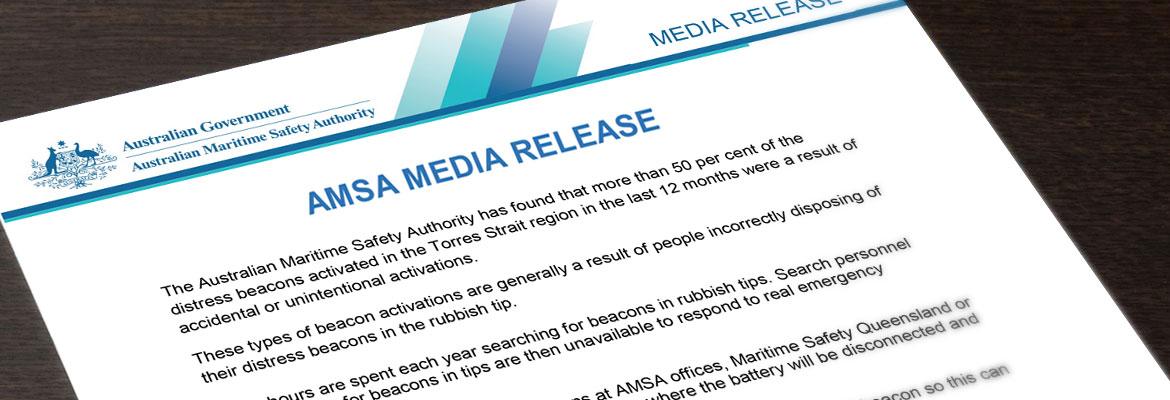
AMSA Chief Executive Officer Mick Kinley said McMurdo Group’s Techno-Sciences, Inc (TSi) has been selected to establish a next-generation Medium-altitude Earth Orbit Search and Rescue (MEOSAR) capability in Australia and New Zealand, following a rigorous tender process.
The ten-year Australian contract provides for installation and maintenance of a six-antenna MEOSAR ground station in Western Australia and a Mission Control Centre in Canberra.
Installation is expected to take 15 months.
“Australians are the biggest per capita users of distress beacons in the world, with more than 300,000 beacons registered,” Mr Kinley said.
“The modernised MEOSAR satellite distress beacon detection system will allow AMSA to detect beacon activations in a more timely manner.”
The MEOSAR system will replace the Low-altitude Earth Orbit Search and Rescue (LEOSAR) satellite system, which will be phased out in coming years under international arrangements.
Once fully operational the MEOSAR system will reduce beacon detection times from hours under the current system, to within 10 minutes, 95 per cent of the time.
“AMSA is continually looking to take advantage of new technology in its search and rescue system and the MEOSAR system will allow AMSA to detect and respond to beacon activations more effectively,” Mr Kinley said.
Australia and New Zealand’s MEO Local User Terminals (MEOLUTs) or satellite tracking ground stations will work cooperatively to achieve overlapping coverage of Australia and New Zealand’s Search and Rescue Regions.
“This offers a high degree of resilience in the event of a system outage that would be expensive for either country to achieve alone,” Mr Kinley said.
“AMSA is pleased to continue this collaborative regional approach with New Zealand, which allows a data feed from the NZ MEOLUT to the Mission Control Centre in Canberra, which immediately relays information to Rescue Coordination Centre New Zealand in the event of a beacon activation in the New Zealand Search and Rescue Region.”
MNZ Director Keith Manch said the joint investment in the MEOSAR project was another example of the close cooperation between Australia and New Zealand in a vital area of operation.
Distress beacon owners should be aware their beacons will continue to be detected and processed, if activated, without any change.
AMSA reminds beacon owners 406MHz GPS encoded beacons have the best chance of being located in the event of activating their beacon in an emergency and that 121.5MHz beacons are now obsolete.
Beacon owners are urged to register their beacons at www.beacons.amsa.gov.au to further assist authorities in the event of an emergency, with vital details and travel plans for the registered owner.